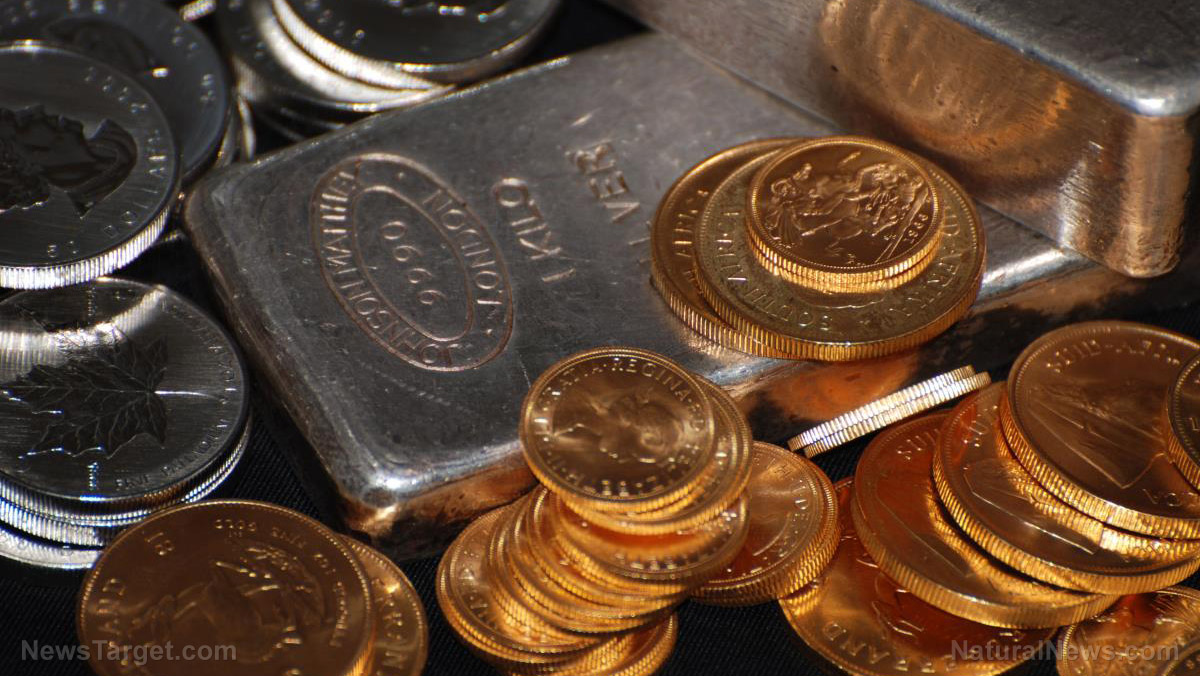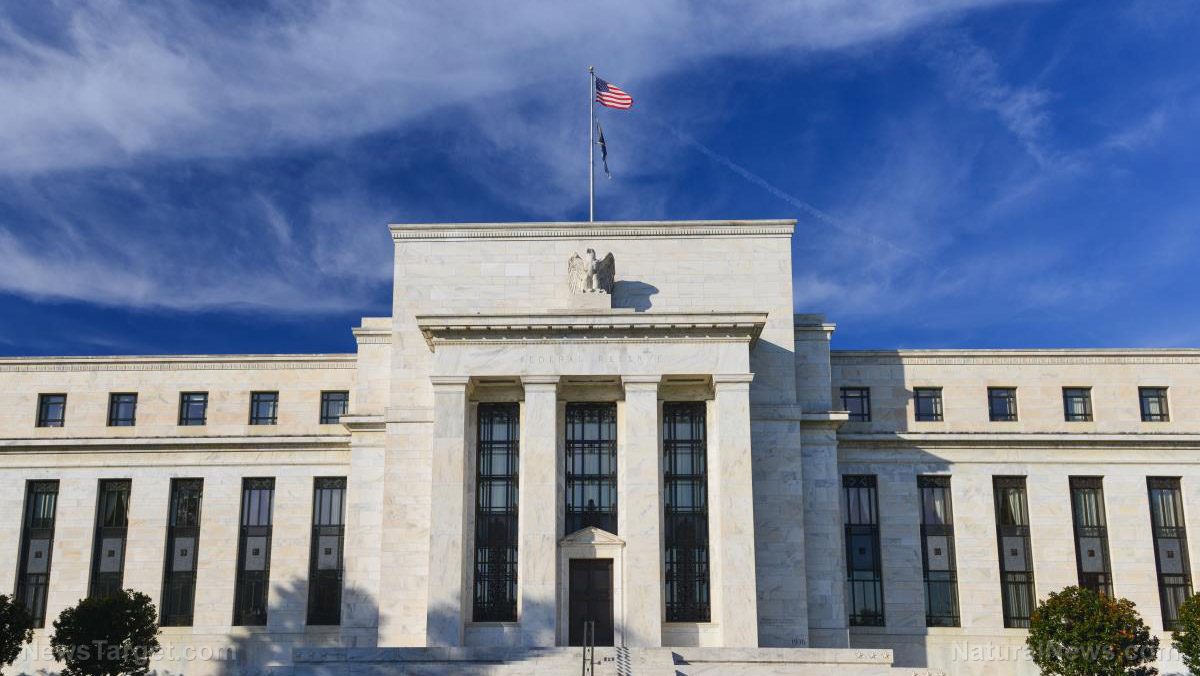
Many countries in the world were affected by the coronavirus pandemic in more ways than one – India being one of them. With tough times ahead due to an economic downturn, Indians are pawning family gold for some much-needed quick cash.
Delhi resident Jasmine Nair had to sell her family gold in July after their cash ran out. Part of the jewelry she sold to pay for their new house’s construction included the gold bangles her mother gave her during her wedding. Nair said that selling the gold was necessary as there was no other way for them to obtain cash right then and there, adding that the precious metal remained their “last hope for survival” amid the difficulty of obtaining loans.
Meanwhile, Asha Goel and her sister waited for their turn outside a Delhi jewelry store so they could sell the gold bangles their mother gave them more than two decades ago. The sisters would then use the proceeds to support their families and pay for school fees. Goel remarked that their mother bought the solid gold bracelets on her wrist back when gold was a lot cheaper, and she needed to sell them because “these are unpredictable times.”
Even jewelers themselves are experiencing the effects of the pandemic. B. Govindan, a jewelry chain owner, said that he hoped people would come back to buy gold during September and October – the start of the Indian wedding season. But this might not be the case: the number of Indians visiting jewelry stores and holding weddings have dwindled, brought about by a nationwide lockdown and fear of the pandemic.
Currently, the second-largest consumer of gold after China, India has the world’s biggest gold reservoir with more than 25,000 tons in the form of jewelry such as bracelets, nose rings and other ornaments. Older generations pass on gold jewelry and ornaments to the younger ones as heirlooms to keep the family legacy alive, usually in the form of mothers giving these precious accessories to their daughters when they marry.
The “gold for cash” system is here to stay
In addition, Indians see gold as an investment as its liquidity allows them to obtain much-needed cash during lean periods. George Alexander Muthoot, managing director of gold-backed loan company Muthoot Finance, explains that “gold has been the savings and insurance policies for India’s poor.” He added that whenever they need funding, gold can be pawned for quick and easy financing. A piece of jewelry made of the precious metal is usually the last thing the average Indian would consider pawning, more so if it is an heirloom piece. (Related: Investors are shunning the dollar and turning to gold.)
Companies offering gold loans have seen people put gold jewelry as collateral for short-term loans after business and consumer incomes took a dive because of the pandemic. The difficulty of getting new loans from regular lenders who have become more cautious due to the economic downturn has pushed more and more people to sell gold for cash. Nevertheless, some companies have adjusted to this new system.
Manappuram Finance, one of the biggest lending firms specializing in gold loans, expanded its doorstep service to include the whole of India. The service, originally launched last year, involves Manappuram Finance agents visiting borrowers’ homes to pick up, weigh, and estimate the value of gold jewelry they plan to pawn. The agents also approve loans at borrowers’ homes, eliminating the need to go outside and claim the money.
But some people still prefer lining up at pawn shops to sell their jewelry. Padmavati Haripuri, who manages a Muthoot Finance branch in Hyderabad, says there are still people lining up outside of her branch in need of money to pay school fees and medical expenses as they have no incomes and businesses.
Even the Reserve Bank of India has acknowledged the importance of gold-backed loans as an avenue of finance. Reserve Bank of India Gov. Shaktikanta Das eased restrictions on gold loans in August to soften the pandemic’s impact on borrowers. Before, people could only loan up to 75 percent of the value of the gold they pawn. The relaxed restrictions meant that people can now loan of up to 90 percent of the value of the gold held as collateral.
Find out more news about the advantages of investing in gold and other precious metals at MoneySupply.news.
Sources include:
Please contact us for more information.





















